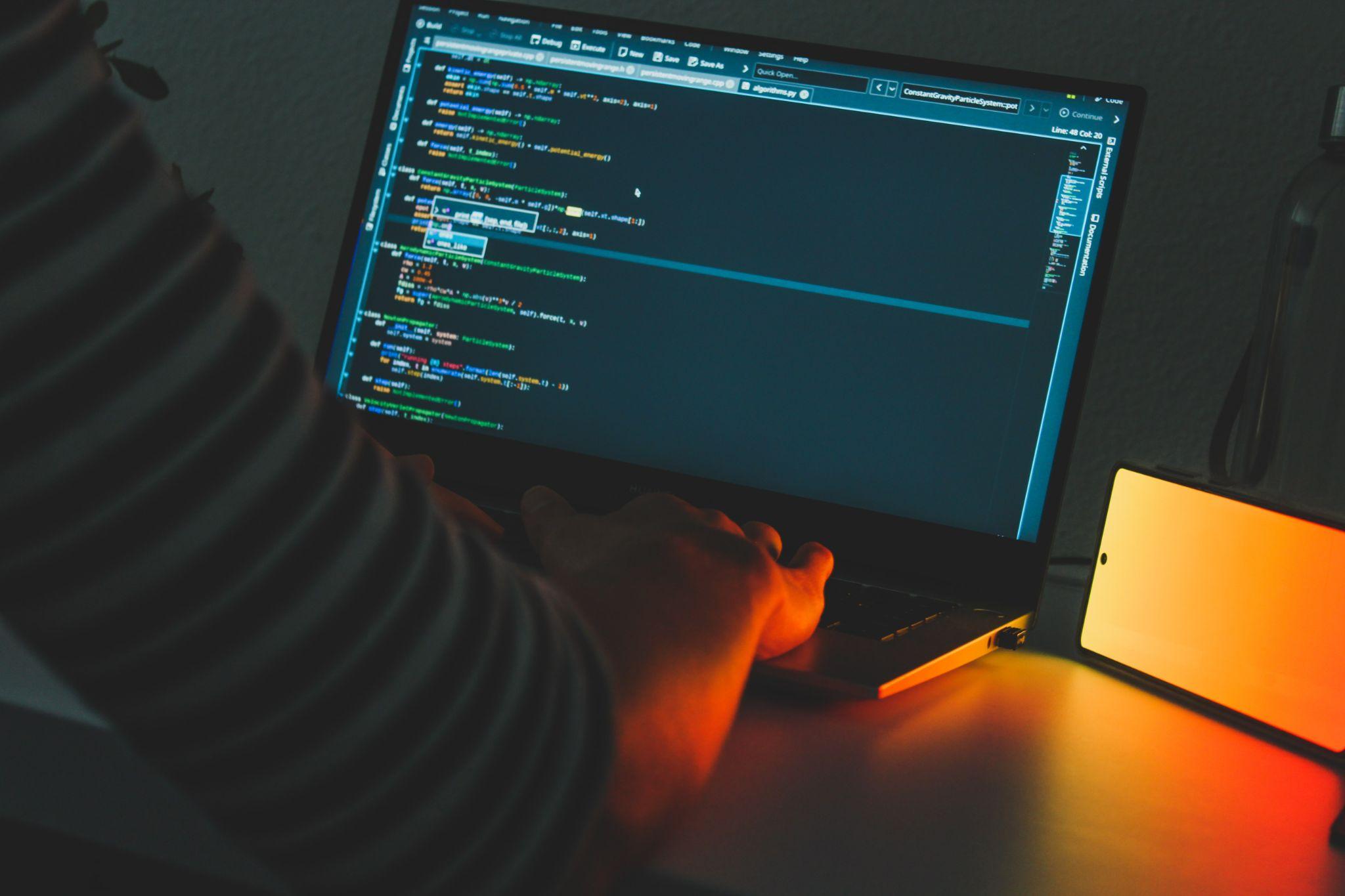Python comments are important because they act as documentation for a program, explaining what the code does and how it works. Knowing how to make comments in Python can be extremely helpful for other developers trying to understand and modify the code. By providing more information, developers can better understand what the code is supposed to do and how it works. This can save time and frustration and make the code more maintainable in the long run.
When commenting in Python, it is essential to follow guidelines to ensure that the comments are both useful and accurate. Some common guidelines for commenting code include using clear and concise language, avoiding ambiguity, and ensuring that the comments accurately reflect the code. Read further to learn more about why to use comments and how to write comments in Python the best.
Where to Use Python Comments
If you’re not using comments in your Python programming assignment, you’re missing out on a valuable tool. Python commenting code can help you understand what you are writing and help others understand your code.
- Comments can help you understand your code.
If you’re looking at a piece of code and you’re not sure what it does, a comment can help you understand it. For example, comments can explain what a for loop does or how an if statement works.
- Comments can help others understand your code.
If you share your code with other people, they’ll be able to understand it better if there are comments explaining what each line does.
- Python treats comments like whitespace.
Python ignores comments when it runs your program, so they don’t slow down execution time.
- You can use multiple-line comments, but you don’t have to.
If you want, you can write a whole paragraph within one comment. Just put the text you want as a description on the next line after three backslashes: // This is my description.
- It’s easy to add comments in your code with two keywords: # and \>.
The # symbol starts a comment that runs until the end of the line. The \> symbol starts a nested comment that continues until you close it with # again.
Types of Comments in Python
Python is a versatile language that you can use for various purposes. By understanding the different types of comments, you’ll be able to choose the best way to document your code.
The three types of comments in Python code are:
1. Single Line Comment
A single line comment starts with a “#” symbol and ends at the end of the line. They are useful for short comments about what a particular piece of code does or to describe why it was written.
2. Multiline Comment
A multiline comment begins with “#” and ends at the end of another line. As soon as Python finds “#”, it ignores everything from there until the end of the line. This allows you to have multiple paragraphs within a single line of code.
3. Docstring
A docstring is a special string used to document the function or class you are writing. This can be very useful when other people are trying to use your code and don’t have access to the comments. You must begin a docstring with three quotes (“””) followed by a description of what the function does. The end of the docstring must be followed by three quotes (“””).
How to Write Comments in Python Effectively?
Python is a powerful programming language widely used in many fields. When writing comments in Python, it is vital to keep them clear and concise so that others can understand your code. Here are some tips on how to add comments in Python:
- Place it at the top of your code to briefly describe what it does.
- A one-line comment after a statement explaining what it does.
- A paragraph of text describing the purpose of a function or module.
- Commenting on an entire block of code can help clarify complex logic.
- Only add necessary comments for others to understand what you were trying to do.
Conclusion
Comments are an essential component of Python programming. You can quickly locate and solve errors in your code by leaving comments. Other people will also be able to find and work on your code more easily.
Comments are not just for beginners. Comments can be utilized to deliver comprehensible and straightforward directions to individuals who may need to alter your code. They can likewise be used as a form of annotation for your code so that others can easily comprehend its purpose.
Comments are beneficial for both novice and experienced programmers. They enable you to rectify errors in your code effortlessly and make it easier for others to find and collaborate on your code.



